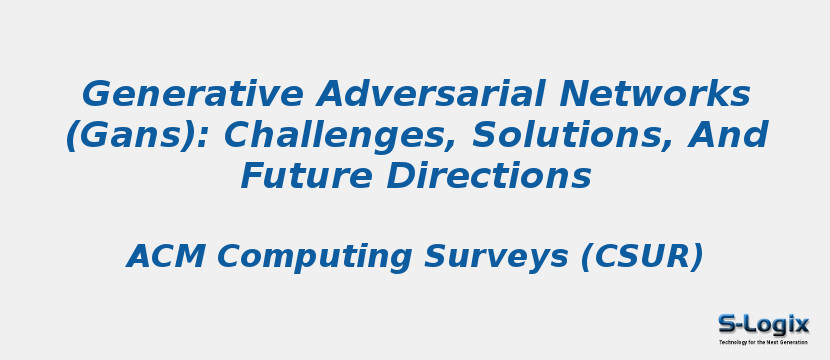Research Area: Machine Learning
Generative Adversarial Networks (GANs) is a novel class of deep generative models that has recently gained significant attention. GANs learn complex and high-dimensional distributions implicitly over images, audio, and data. However, there exist major challenges in training of GANs, i.e., mode collapse, non-convergence, and instability, due to inappropriate design of network architectre, use of objective function, and selection of optimization algorithm. Recently, to address these challenges, several solutions for better design and optimization of GANs have been investigated based on techniques of re-engineered network architectures, new objective functions, and alternative optimization algorithms. To the best of our knowledge, there is no existing survey that has particularly focused on the broad and systematic developments of these solutions. In this study, we perform a comprehensive survey of the advancements in GANs design and optimization solutions proposed to handle GANs challenges. We first identify key research issues within each design and optimization technique and then propose a new taxonomy to structure solutions by key research issues. In accordance with the taxonomy, we provide a detailed discussion on different GANs variants proposed within each solution and their relationships. Finally, based on the insights gained, we present promising research directions in this rapidly growing field.
Keywords:
Author(s) Name: Divya Saxena, Jiannong Cao
Journal name: ACM Computing Surveys
Conferrence name:
Publisher name: ACM
DOI: https://doi.org/10.1145/3446374
Volume Information: Volume 54, Issue 3, April 2022 Article No.: 63, pp 1–42
Paper Link: https://dl.acm.org/doi/10.1145/3446374
